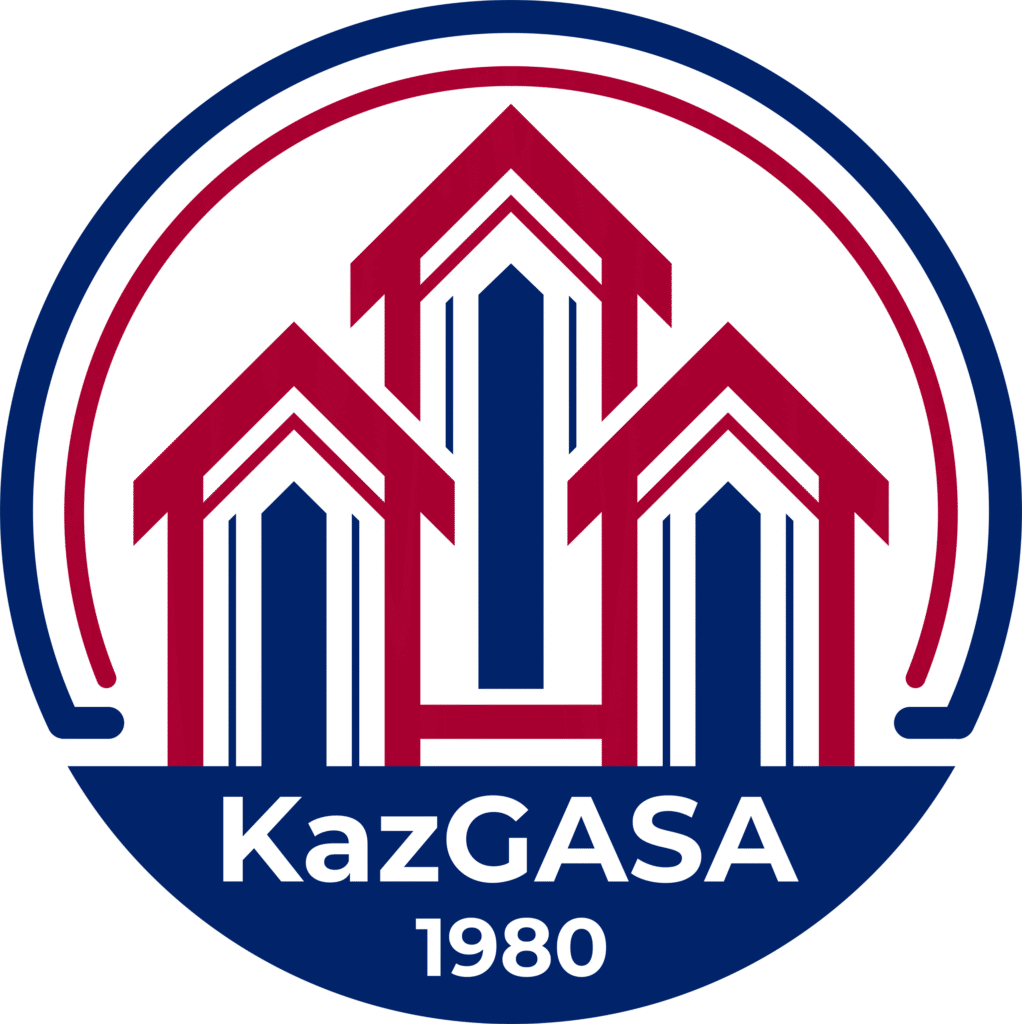School of Architecture
History of the school
The School of Architecture was founded in 1966 at the Kazakh Polytechnic Institute based on the Departments of Urban Planning and Descriptive Geometr. The first students were admitted to the architecture program in 1961.
The founder of the architectural school of Kazakhstan was Toleu Basenov, the first Kazakh scientist-architect, a graduate of the Leningrad architectural school.
He served as Chairman of the Union of Architects of Kazakhstan, an Honored Builder of the Kazakh SSR and a Corresponding Member of the Academy of Architecture and Construction of the USSR. Thanks to his efforts, a center for training architectural personnel was created at KazPTI.
Educational programs
The school offers the following areas of study:
Doctoral studies
Frequently asked questions
Какие творческие экзамены нужно сдать для поступления?
Для поступления необходимо сдать два творческих экзамена: рисунок и черчение.
Рисунок
Абитуриенту предстоит нарисовать капитель античного ордера. Наклонная постановка капители. Работа выполняется на листе формата А3 в течение 4 часов. Рисунок создаётся карандашом с использованием линий и штрихов.
Требования к выполнению рисунка:
- правильное композиционное размещение изображения на листе;
- точная линейно-перспективная передача формы капители;
- конструктивное построение формы;
- соблюдение пропорций;
- проработка света и тени для передачи объёма.
Проходной балл: от 5 до 50.
Черчение
Абитуриент должен выполнить чертеж геометрического тела на формате А3 за 3 часа. Задание включает построение третьей ортогональной проекции по двум заданным видам, проставление размеров, а также построение прямоугольной изометрической проекции с разрезом.
Для выполнения работы необходимо иметь: карандаши (2H, 3H, HB, B), линейку, угольники (30°, 45°, 60°), циркуль, измеритель и ластик.
Экзамен направлен на проверку пространственного мышления и базовых навыков черчения.
Проходной балл: от 5 до 50.
Есть ли обучение на английском языке?
Да, обучение на английском языке возможно.
Для открытия группы с английским языком обучения необходимо:
- Набрать группу от 20–25 студентов;
- Подать коллективное заявление на перевод на английский язык обучения в период каникул.
Преподавание могут вести как казахстанские специалисты, так и приглашённые преподаватели из других стран, включая Италию, Пакистан и другие, что обеспечивает международный уровень подготовки.
Какие проекты выполняют студенты?
Студенты выполняют широкий спектр проектов, охватывающий разные уровни сложности и масштаба:
- Младшие курсы — акцент на развитие базовых навыков через ручную графику, в том числе создание малых архитектурных форм и учебных макетов.
- Старшие курсы — переход к профессиональному проектированию с использованием цифровых программ, таких как AutoCAD, Revit, 3ds Max и другие. Выполняются проекты жилых домов, общественных пространств, многофункциональных жилых комплексов и концептуальные решения для реальных участков.
Такой подход позволяет постепенно развивать как художественные, так и технические навыки проектирования.
school contacts

